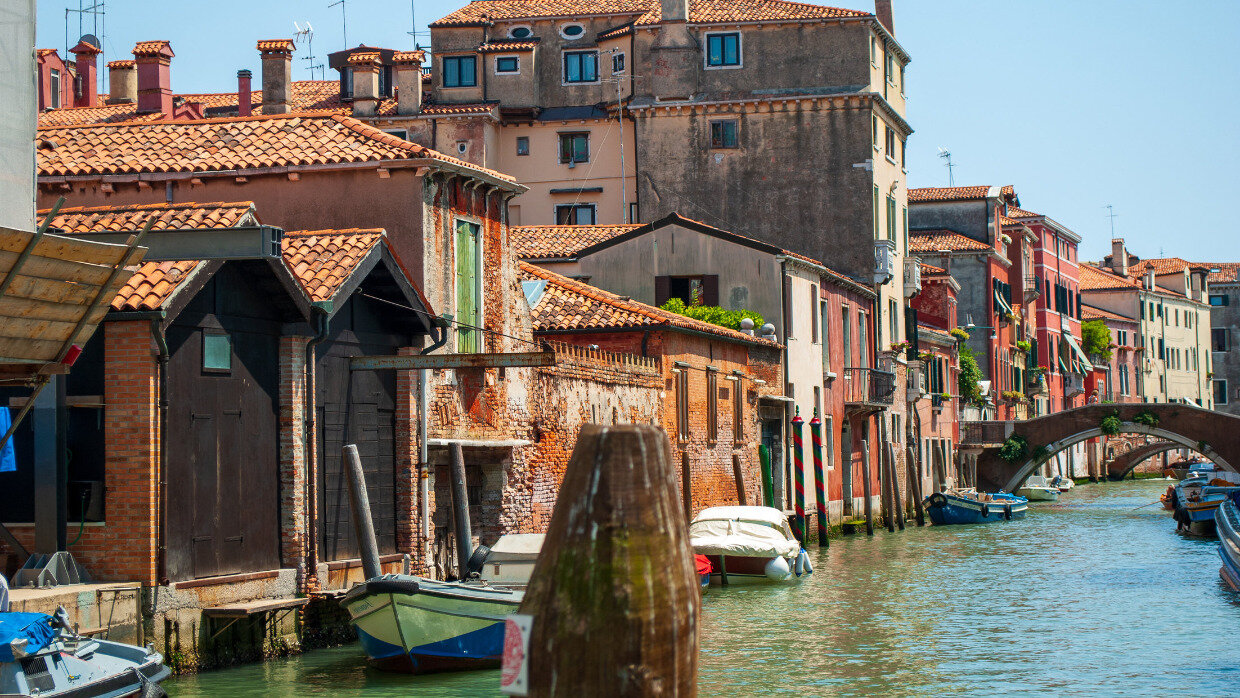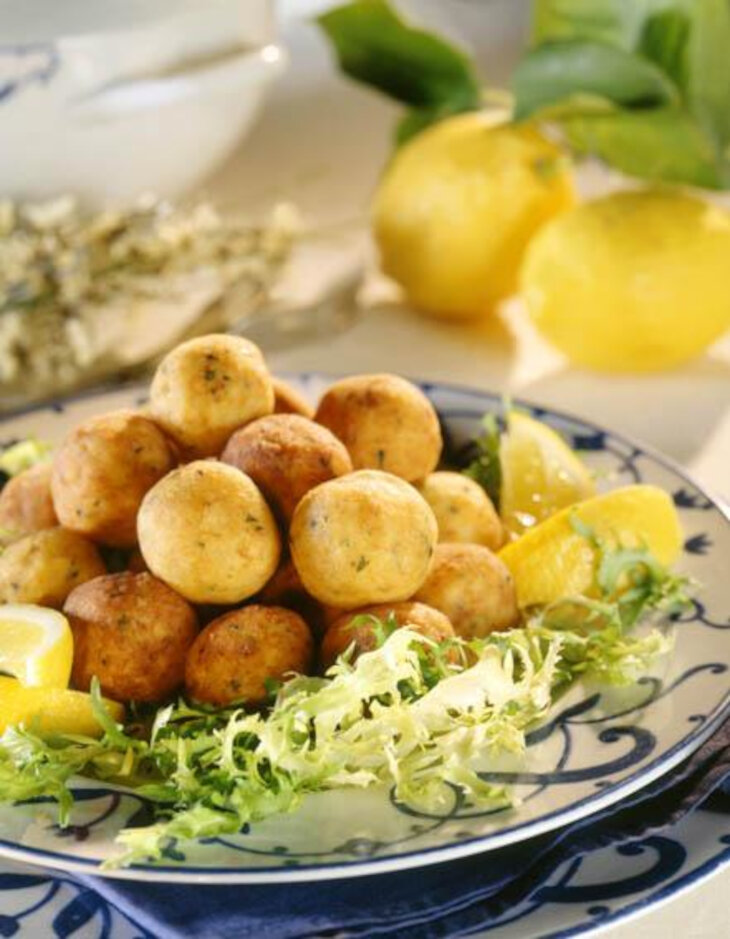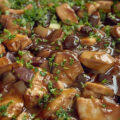Venice -- a city of intricate canals, captivating architecture, and a culinary legacy that weaves together centuries of history. Beyond its stunning rivers and gondolas, Venice holds a lesser-known treasure: an old Jewish neighborhood that has left an indelible mark on the city's culture. To understand the Venice of today, we need to take a trip back in time through the alleys and waterways of Venice, delving into the unique flavors and traditions of Jewish Venetian cuisine.
The Melting Pot
When I first visited the old Jewish quarter of Venice, known as the "Ghetto," I found myself shocked that, at one point, nearly 4,000 people were able to squeeze in. This neighborhood was established following a mandate that required all the Jews in Venice to live in a relatively sparsely populated section of the city used primarily for manufacturing. Jews were restricted from most occupations, except medicine and money lending -- inspiring Shakespeare’s Shylock from the literary classic “The Merchant of Venice.”
Jewish men were even forced to wear yellow hats as a form of identification and were not permitted to leave the locked square after dark. And with that, this small square in Venice became the first Jewish ghetto, but certainly not the last.
This place could’ve proven horrific for the Jews, but as this new reality of tight living spaces and intolerance set in, the Jews found a way to make the most of a bad situation. The Jewish ghetto became a melting pot where all sorts of Jewish families from every background imaginable came together, each bringing with them a kaleidoscope of customs, tastes, and family recipes.
In The Ghetto
While they say that variety is the spice of life, this overwhelming experience led to a lot of cultural clashes between the Jews in the Ghetto. Nevertheless, it also led to some fascinating culinary creations that have made an impact on modern Venetian cuisine and shaped the way we view Venice Jewry as a whole.
Our culinary exploration begins with a dish that embodies the essence of Jewish Venetian cuisine: Sarde in Saor. This iconic dish marries sweet and sour flavors in a way that perfectly represents the blending of cultures in the Ghetto.
Sarde in Saor is a classic Venetian dish that has far transcended the ghetto and become a go-to bar food in pubs throughout the city. Marinated sardines are deep-fried and garnished with pickled onions, raisins, and pine nuts, so each bite is packed with flavor.
Polpettes are another fun Venetian snack. These “Jewish-style meatballs” had plenty of different variations throughout all of Italy but the Venice ghetto’s take on it included salt cod, spinach, pine nuts, and raisins.
Risotto is, of course, one of the most iconic Italian dishes, and it’s presumed to have been brought to Italy by Sephardic refugees who arrived in Italy in the early 16th century following the Spanish Inquisition. The Jews in Venice made a special type of Risotto called Risotto Semplice, which uses a smaller and rounder rice than the traditional Arborio.
Alternatively, there’s Risi e Bisi, or Rice and Peas, which is a uniquely Venetian twist on the dish. It’s a cross between Risotto and Pea soup and is known as every Venetian’s comfort food of choice. In the Jewish Ghetto, this dish was often enjoyed during Passover, when rice was permitted, making it a cherished part of Venetian Jewish traditions.
Venetian Calf’s Liver is another unique and hearty contribution from the Ghetto. Despite being much maligned by food lovers, liver is packed with nutrients and health benefits but is rarely recognized as such. The hungry Jews in the ghetto made sure to make full use of this fact by purchasing this cheap cut in bulk. This preparation is typically served with caramelized onions and grilled Polenta (also a Jewish creation). With the onions providing sweetness to contrast the liver's earthiness, and a splash of white wine adding that little touch to make a perfectly balanced dish..
Melazane Soto Azeo, or pickled eggplants, are also a fixture in Venetian kitchens. Eggplants are significant in Italian Jewish cuisine, and this preparation keeps them refreshing and preserved for months.
Preserving the Legacy
The Venetian ghetto, a unique combination of German, Italian, Spanish, and Portuguese cultures and customs, served as the heart of Jewish social, religious, and economic life until the emancipation of the Jews by Napoleon in 1797.
By the outbreak of the Second World War, only 1,200 Jews remained in Venice, having fled to more tolerant communities in Italy and surrounding European countries. Today, there are only about 450 Venetian Jews left, with just a handful of them residing in the ghetto, and the dishes the Jews ate to survive in the ghetto are some of our only lasting artifacts of that time.
Jewish Venetian cuisine isn't merely about food—it's a testament to the resilience and adaptability of a community that thrives amidst challenges. The culinary traditions of the Ghetto have not only survived but flourished, continuing to be passed down through generations.
These dishes are more than just recipes; they're stories. They tell of families closely gathered around tables, celebrations, and everyday moments. They're a way for the present to connect with the past and for visitors to Venice to immerse themselves in the rich cultural heritage that defines the city's culinary landscape.




















